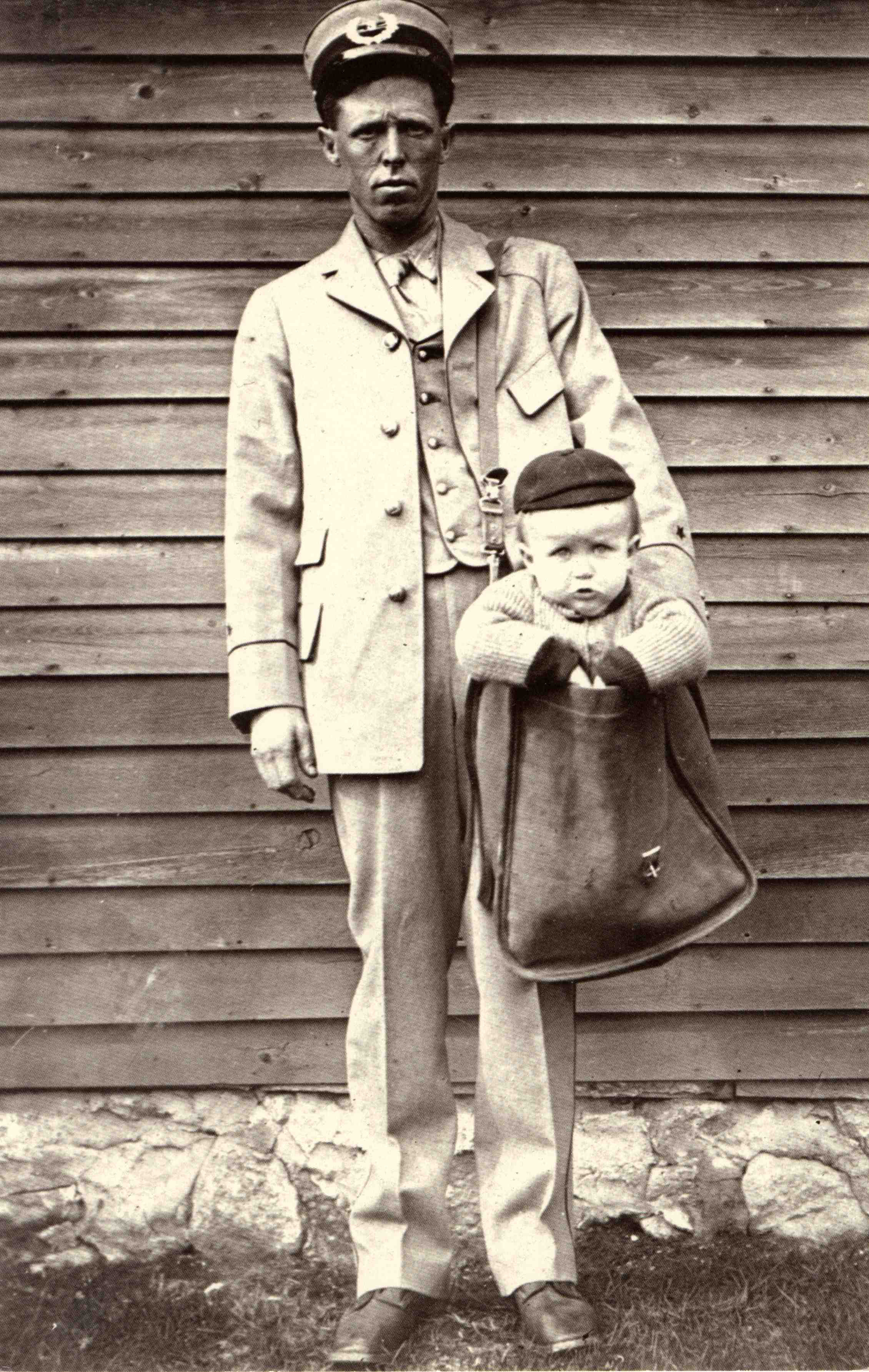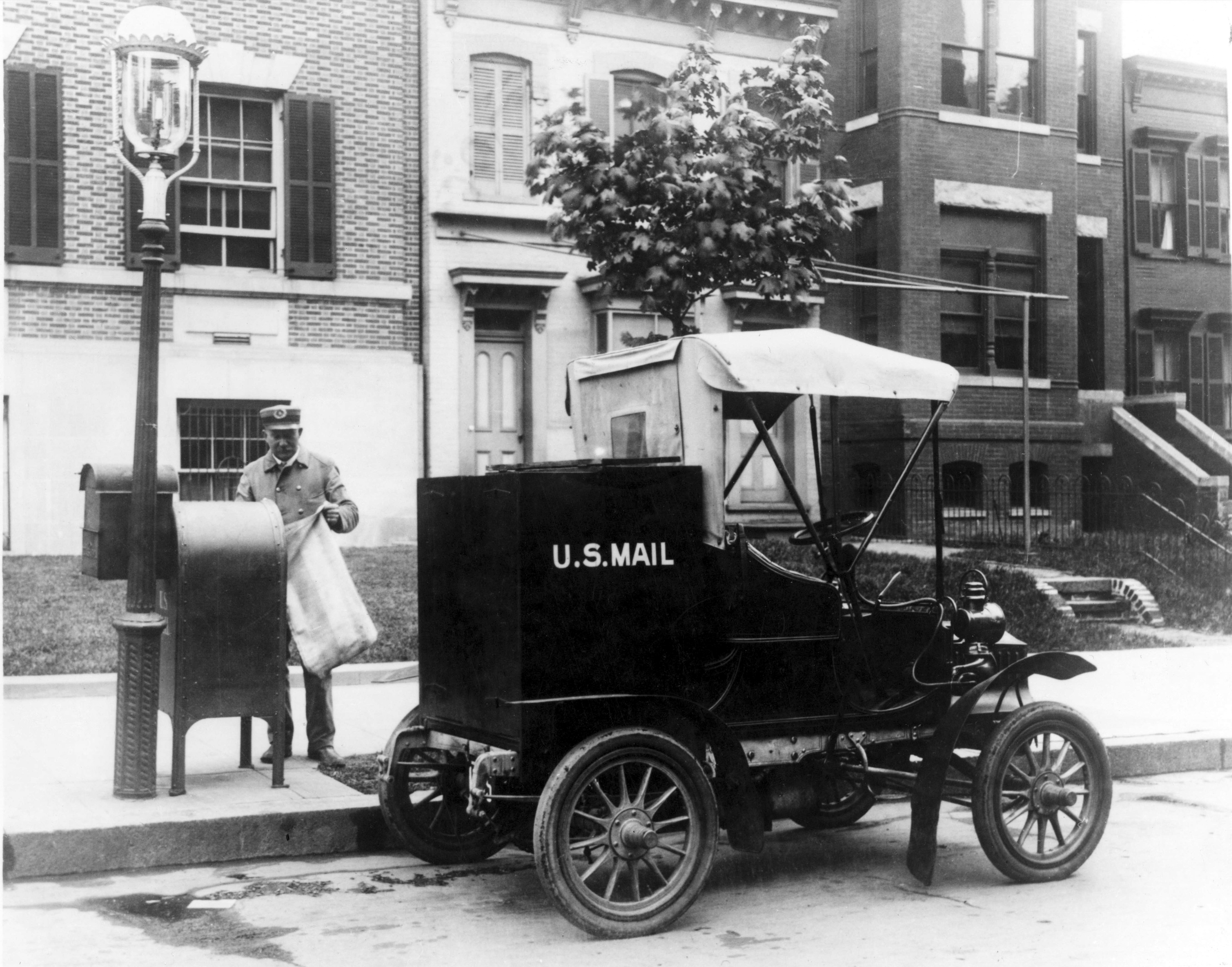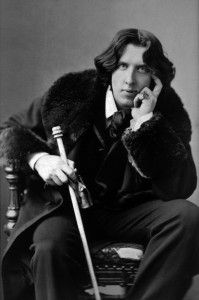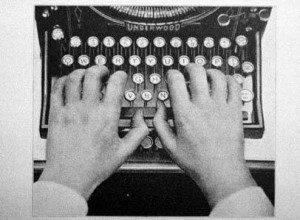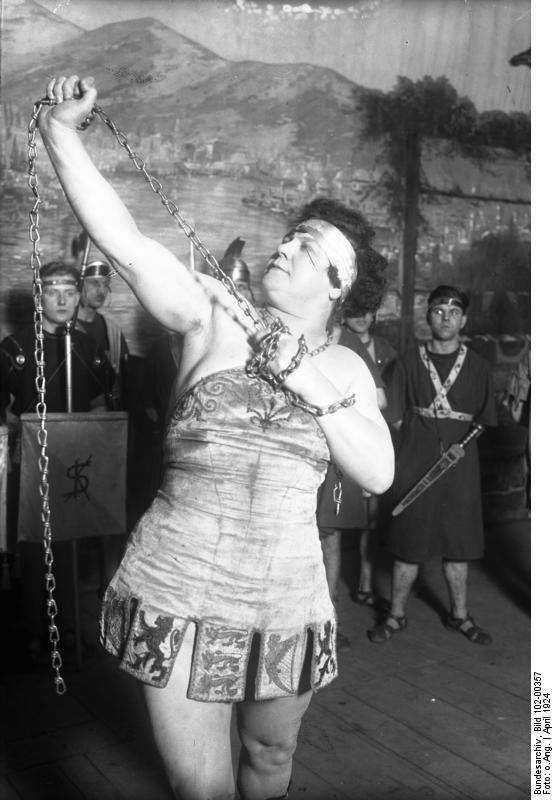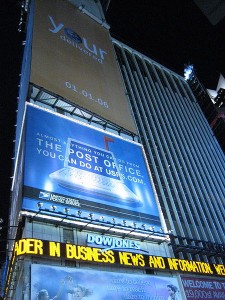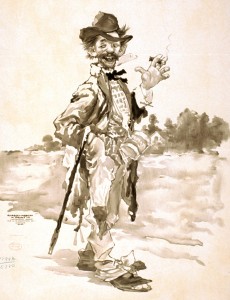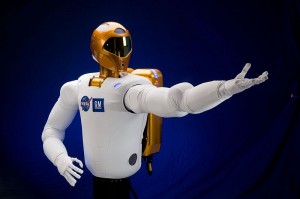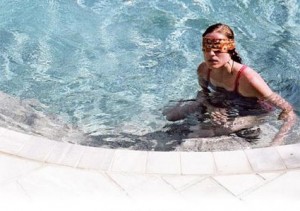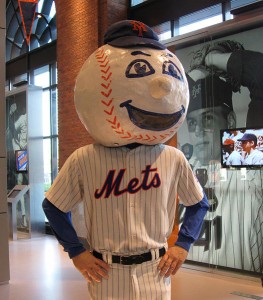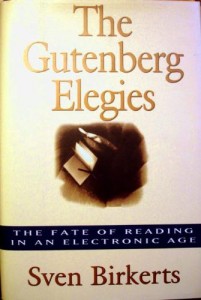
"I closed the window and sat there on the edge of the bed holding my club, thinking somebody fucking crazy from the lobby was going to come up." (Photo by David Shankbone.)
Before he was reborn, Mickey Rourke was a huge mess and before that a huge star. Before all of it, he lived in New York on no money during a time when the city had begun offering only the coldest shoulder possible to starving artists. In an interview in the February 1987 issue of Playboy, Rourke, then in the first great flowering of his career, recalled his hard-knock life as a young actor in NYC. A few excerpts follow.
••••••••••
“Down the hall, a little guy was opening the grille, peeking in; you couldn’t even jerk off in private. It was one of those welfare hotels with nut jobs walking up and down, you know, fucking crazies and killers and guys who were truck drivers who thought they were women. The first night, there was this loud fucking music coming up from somewhere, man. And I kept hearing these voices and shit from downstairs. I closed the window and sat there on the edge of the bed holding my club, thinking somebody fucking crazy from the lobby was going to come up and bust into the room. ‘Cause at the time, you know, I had left a lifestyle where I was a little wary of that kind of shit. The slightest sound at the door or whatever and I was jumpy. And there were a lot of strange sounds at that joint, believe me. I put a fucking chair next to the door with a can propped right on the edge, and another can on the window ledge. Anybody tries to break in, you know, I’m gonna hear it.”
••••••••••
“When I moved to the Marlton Hotel, I remember I was walking down the street, man, and I saw these dudes down on Christopher Street, and they were all wearing motorcycle jackets. With all the leather, all dressed in black, the whole thing. They kept looking at me, and I’m thinking, Fuck, man, where can I go? What fucking gang is that? None of my boys were with me. This wasn’t Miami. I kept thinking, What the fuck is this guy looking at me like that for, man? ‘Cause you didn’t eyeball somebody back home in Miami unless you wanted to get down, you know—unless you were ready to fight. What I didn’t realize was that they were sissies, all dressed up in leather.”
••••••••••
“It was funny, in a way. In the wintertime, I was really, really lonely. And I used to work down by the water, moving furniture in this warehouse where Lee Marvin, Steve McQueen, Gene Hackman and a bunch of other guys had all worked, too. The guy who ran it was an old actor or something and used to tell me stories about them. Anyway, I used to walk home during the night, and I was so fucking lonely, you know, I’d pretend I had a girlfriend waiting for me in my room, waiting to have a cup of coffee with me or go to the movies. As I walked home, I was still daydreaming. Same way I daydreamed in school. I’d say to myself, ‘Oh, now I’m going home; she’ll be waiting for me.’ Because I couldn’t talk to girls. It’s easier now. They come running.”

